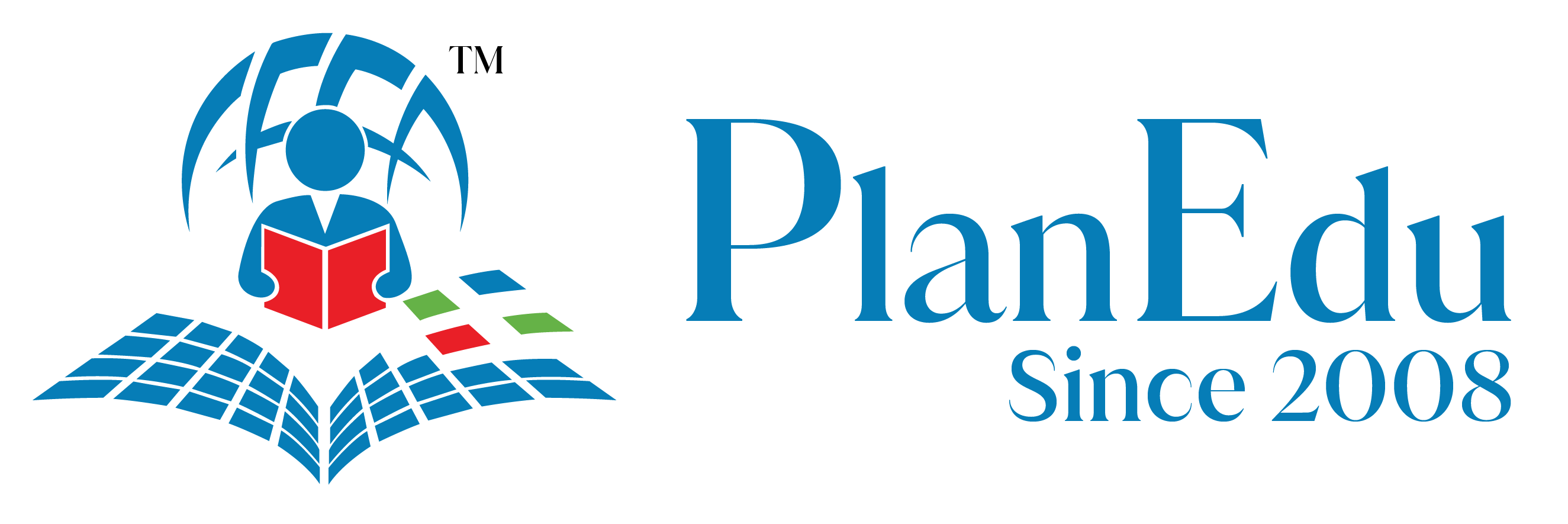Microsoft Report Warns of Rising Cyberattacks on Education Sector Worldwide
A very shocking fact revealed by Microsoft as Microsoft’s recent Cyber Signals Report highlights that the education sector is the third most targeted industry for cyberattacks worldwide. This trend is also seen in Hong Kong, where education has been the most frequently attacked sector in the year 2024. Schools and universities manage sensitive data—like health and financial records—making security a top priority.
Microsoft’s latest Cyber Signals Report
As per Microsoft’s latest Cyber Signals Report:
- Educational institutions face an average of 2,507 cyberattacks per week worldwide, with universities especially targeted by malware, phishing, and IoT threats.
- Earlier, Microsoft Defender for Office 365 blocked over 15,000 malicious QR code emails per day aimed at the education sector.
- As higher education increasingly adopts AI, attackers have more chances to exploit AI systems' weaknesses.
Protecting cyberattacks across higher education
Higher education institutions are leaders in research and innovation and sometimes collaborate with external partners, which increases data-sharing and security risks. Microsoft saw that as institutions expand their research, they need a strong security strategy to protect their data.
Fred Sheu, National Technology Officer at Microsoft Hong Kong, noted that “bring your own device” (BYOD) policies and public Wi-Fi access pose additional risks. Microsoft Hong Kong collaborates closely with educational institutions to create a safer digital environment both on and off campus, supporting Hong Kong’s goal to be a major innovation hub.
K-12 Schools
K-12 schools are also weak against cyberattacks but often lack the resources to defend against them. In response, Microsoft Hong Kong collaborated with the Hong Kong Association of Computer Education (HKACE) to help 2,800 teachers and staff across 32 schools strengthen their cybersecurity measures using Microsoft 365 A3. This collaboration provides schools with high-level tools to protect sensitive information and train staff on cybersecurity best practices, helping them guard against threats like ransomware and phishing.
Microsoft’s Key Recommendations for Cybersecurity Awareness
Microsoft gives practical advice to help educational institutions defend against cyber threats:
- Always check the URL before opening and avoid unexpected or suspicious QR codes.
- Use protective domain name services to block malicious websites, and use strong passwords along with multifactor authentication to prevent password attacks.
- Encourage students and staff to use multifactor authentication, which significantly reduces the risk of account breaches.
To strengthen education more, Microsoft has introduced role-based cybersecurity training for educators, students, IT staff, and parents, in alignment with recommendations from the U.S. Cybersecurity and Infrastructure Security Agency.
Follow PlanEdu for more educational updates
